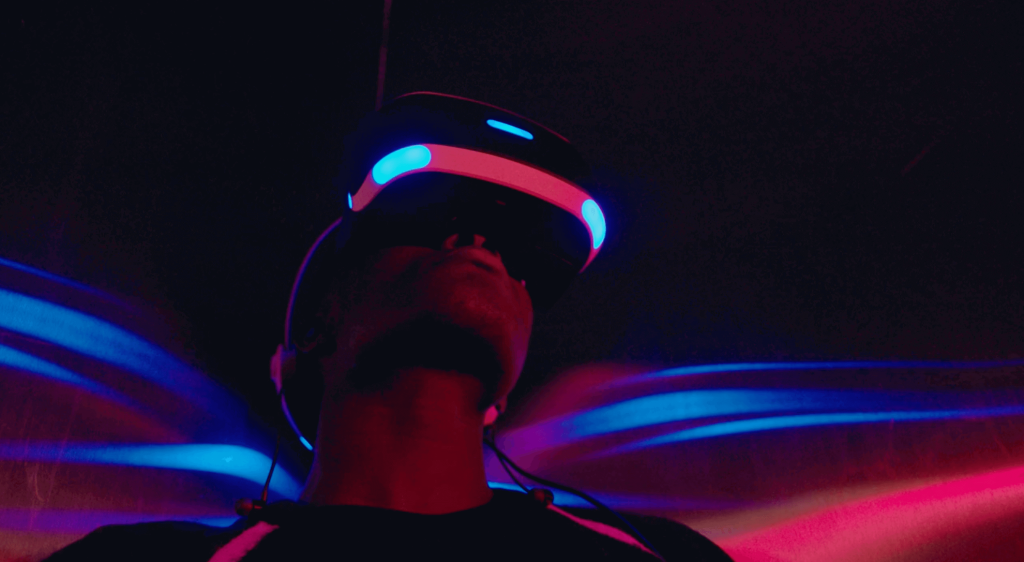The artificial intelligence landscape continues to evolve rapidly, presenting innovations that extend across myriad industries. As of 2024, significant advancements include the release of notable AI large models, new tools and APIs, emerging technologies, and innovative products tailored for specific sectors. This article summarizes these developments and explores their implications across various fields.
The most significant announcement in early 2024 was Google’s release of Gemini 1.5 Pro, the latest iteration of its generative AI model. Gemini 1.5 Pro builds on its predecessor’s capabilities by incorporating advanced multimodal features that allow it to process and generate information from text, images, and other media types seamlessly. This multimodal capability represents a substantial enhancement in handling complex queries and generating contextually relevant responses, enabling richer interactions across various applications. With its extended context understanding, Gemini 1.5 Pro can maintain coherence over longer conversations, responding to follow-up questions with a more holistic awareness of the preceding dialogue.
Emerging tools and APIs are rapidly integrating advanced AI capabilities for tasks across different industries. The introduction of the AI Toolkit 2.0 by OpenAI, integrating voice recognition and Natural Language Processing (NLP), enables developers to enhance Voice User Experience (VUX) significantly. This toolkit is designed to facilitate the development of applications that can understand and respond to spoken language with a high degree of accuracy, boasting improvements in speech recognition quality and response times. Users can expect to interact with devices and applications in a more conversational manner, elevating engagement and user satisfaction across consumer products and enterprise software.
As industries increasingly seek to harness the power of AI, specialized technologies are evolving to address specific challenges., Reliable and debiased large language models (LLMs) are gaining traction, particularly in sectors like healthcare and finance where the stakes of misinformation are high. Recent initiatives, such as the ongoing work by the Allen Institute for AI, aim to create debiased models that significantly reduce the risk of propagating biased outcomes. By incorporating better training techniques and diverse datasets, these LLMs demonstrate improvements in providing fair and equitable information, thus ensuring their use can enhance decision-making without reinforcing societal biases.
Moreover, innovative AI products tailored for enterprise applications have emerged. Salesforce’s latest AI features in its Customer 360 platform leverage generative AI to deliver personalized customer experiences based on rich datasets. With advanced predictive analytics and natural language generation capabilities, businesses can anticipate customer needs and provide targeted recommendations. This predictive capability not only enhances customer satisfaction but also drives revenue by improving conversion rates for sales teams.
In cybersecurity, companies like Darktrace have developed AI-driven products designed to combat emerging threats. Their latest offering, “Cyber AI Analyst,” utilizes a combination of machine learning and advanced analytics to detect anomalies in network traffic and respond in real-time. This proactive approach allows organizations to mitigate risks before they escalate, significantly reducing the response time to potential breaches and safeguarding vital data.
The creative industries are not left behind in the AI movement. Tools like DALL-E 3 by OpenAI and Adobe’s Firefly have seen updates that enhance their capabilities in AI in Art. These platforms enable artists to collaborate with AI in generating high-quality visual content, allowing for a seamless fusion of human creativity and machine intelligence. Furthermore, these technologies have expanded their features to incorporate style transfer, adaptive learning, and user-friendly interfaces that allow non-artists to create compelling artworks effortlessly.
AI’s impact on sectors like healthcare, business automation, and education has only deepened with these recent advancements. In healthcare, AI models such as IBM Watson Health are being leveraged for diagnostic analytics, enabling physicians to interpret medical imagery with astounding accuracy and aiding in early disease detection. Additionally, pharmaceutical companies are using AI to optimize drug discovery processes, reducing timelines from years to months.
In terms of business automation, companies are increasingly integrating AI-powered solutions to streamline operational workflows. Robotic Process Automation (RPA) enhanced by AI capabilities can intelligently manage tedious tasks, freeing employees to focus on more strategic initiatives. As AI continues to evolve, the expectation is that productivity rates will skyrocket allowing for more innovation within organizations.
Education has also experienced a transformation through AI advancements. Adaptive learning platforms are utilizing AI algorithms to create personalized educational experiences for students. By analyzing student performance data, these platforms can offer tailored content that meets the unique learning pace and style of each student, leading to improved educational outcomes. This tailored approach fosters a more inclusive educational landscape, addressing the diverse needs of learners across various backgrounds.
In summary, the advancements and announcements in artificial intelligence as of 2024 highlight a technological revolution with far-reaching implications for various industries. The launch of significant new models like Google’s Gemini 1.5 Pro and tools such as OpenAI’s AI Toolkit 2.0 showcases the increasing importance of multimodal capabilities and Voice User Experience. Emerging technologies, including debiased LLMs, stand to reshape their respective fields by ensuring reliable and fair AI interactions, while innovative products from major players like Salesforce and Darktrace herald a new era of enterprise and security applications. Finally, as AI continues to permeate the creative sector through sophisticated new tools in AI in Art, its influence can be seen transforming how artists, educators, and business leaders achieve their goals.
The ongoing development and integration of AI in various sectors all promote an atmosphere of innovation, resulting in practical applications with a potential ripple effect across the global economy. As these technologies advance, businesses, educators, and healthcare providers must keep pace to leverage AI’s full potential and harness its capabilities responsibly and ethically.
For those seeking more information on these topics, credible sources include:
– Google AI Blog (2024) for the latest updates on Gemini 1.5 Pro and its features.
– OpenAI’s official site for resources on the AI Toolkit 2.0 for developers.
– Allen Institute for AI’s research publications on debiasing techniques in AI.
– Salesforce announcement releases regarding updates to Customer 360 and its AI functionalities.
– Darktrace’s official blog detailing Cyber AI Analyst insights and use cases.
– OpenAI’s blog for updates on DALL-E 3 and its application in the arts.
– IBM’s healthcare initiatives reflecting on how AI is transforming diagnostics and treatment methodologies.
Overall, 2024 is shaping up to be a landmark year for advancements in artificial intelligence, continuing to transform how we live, work, and create.




























